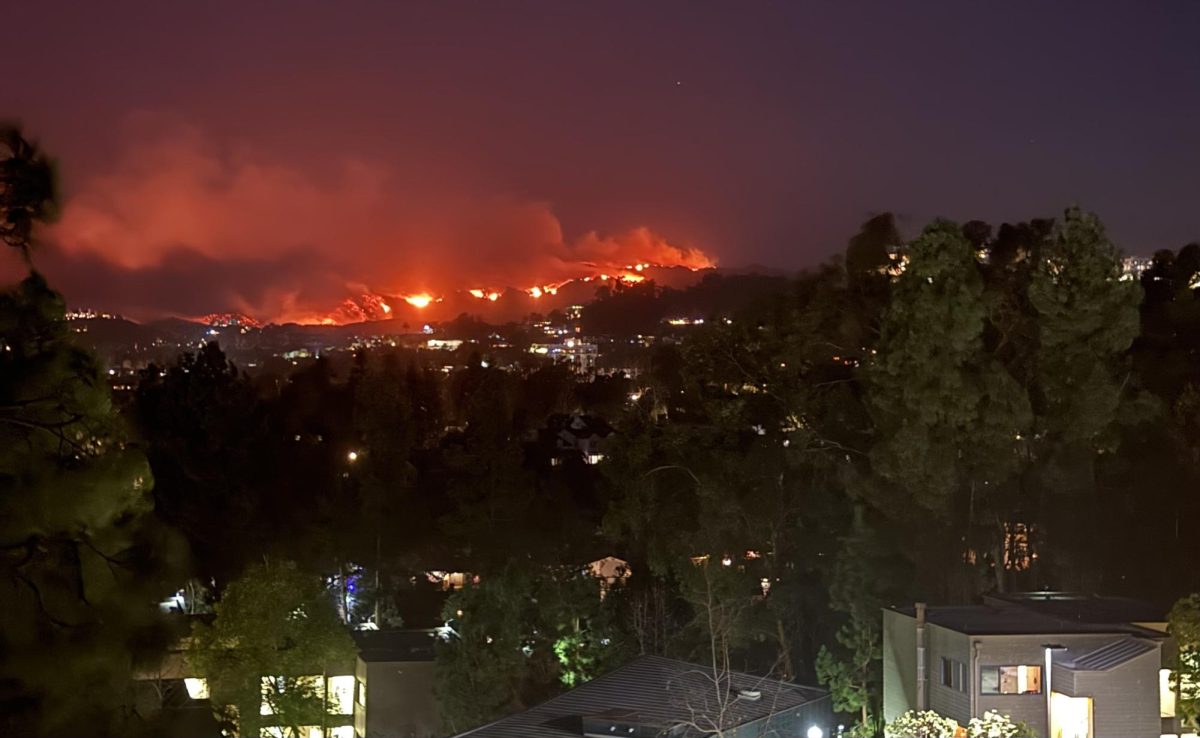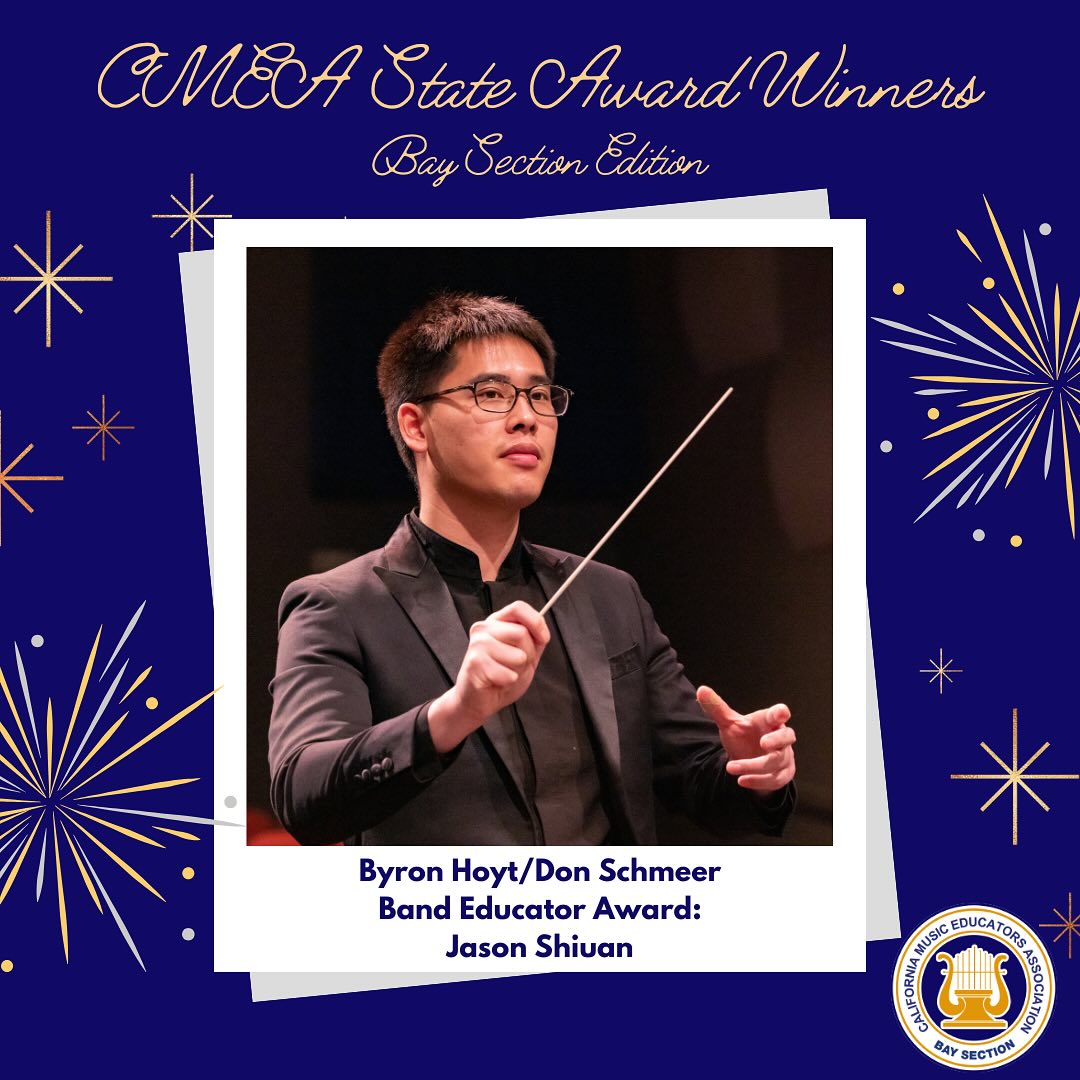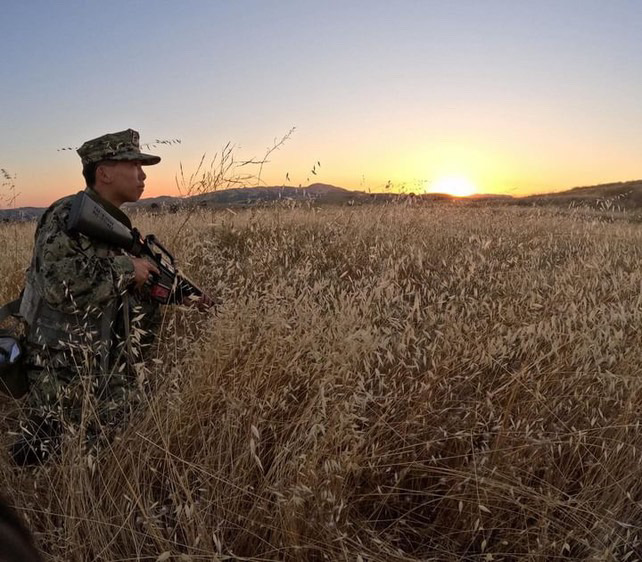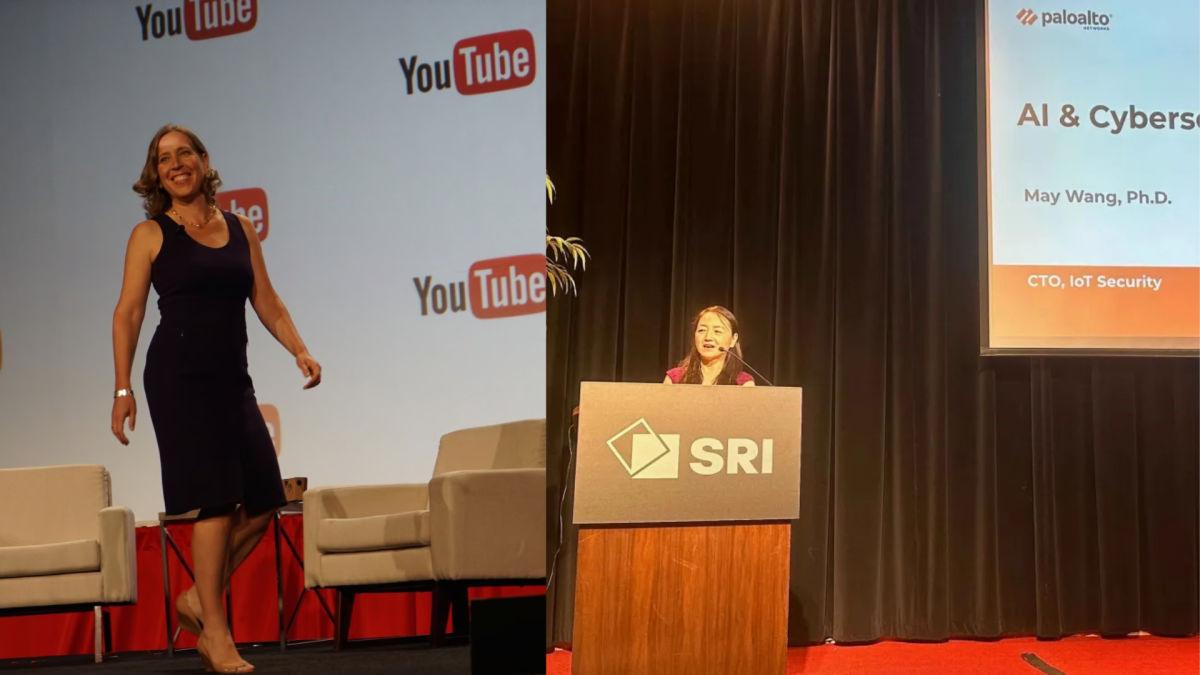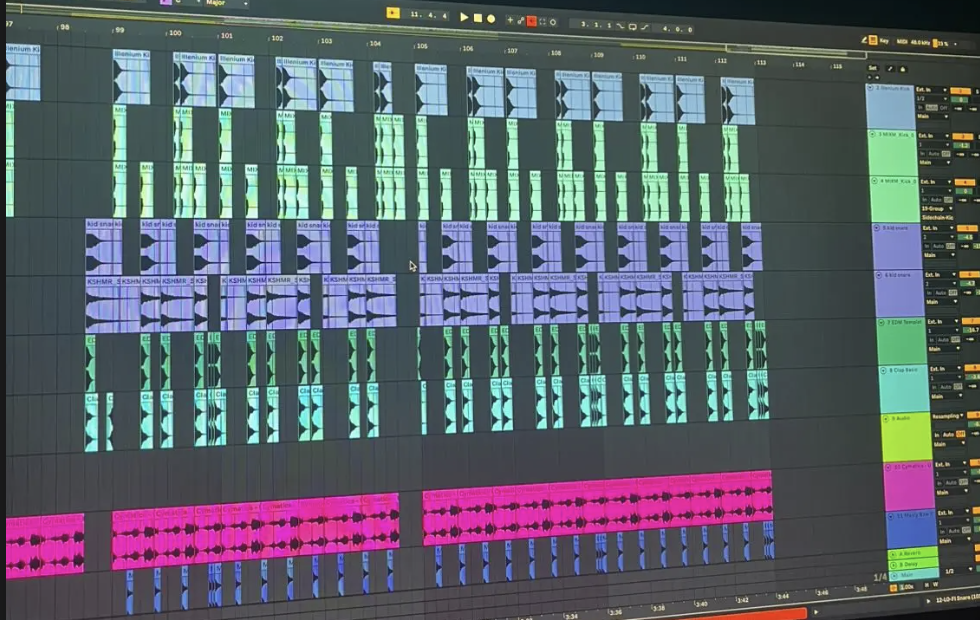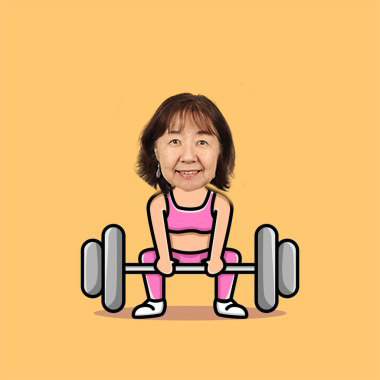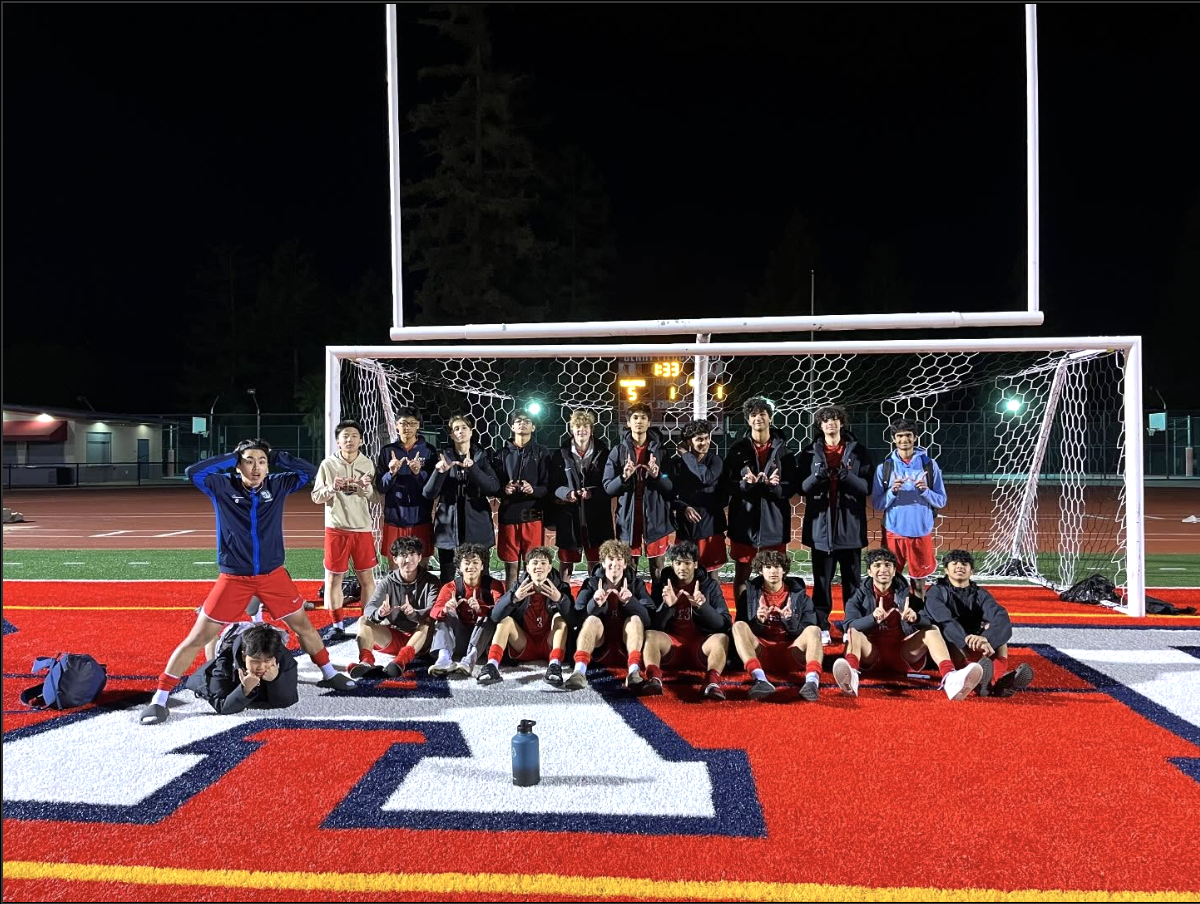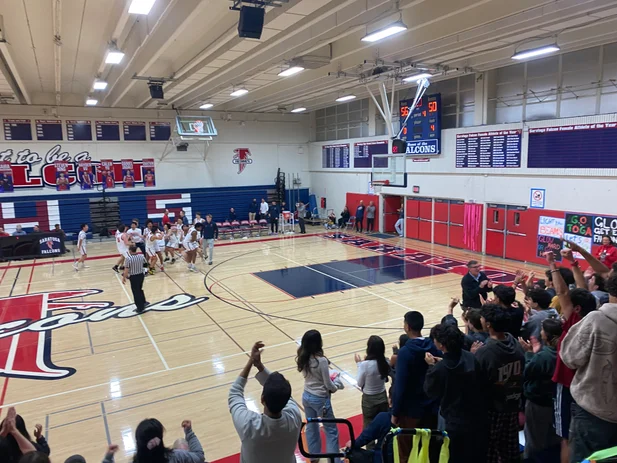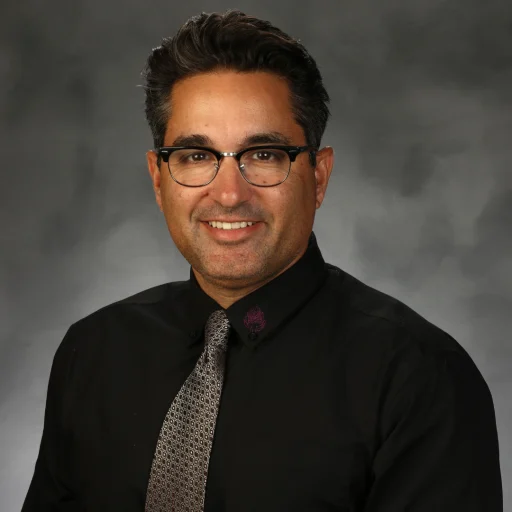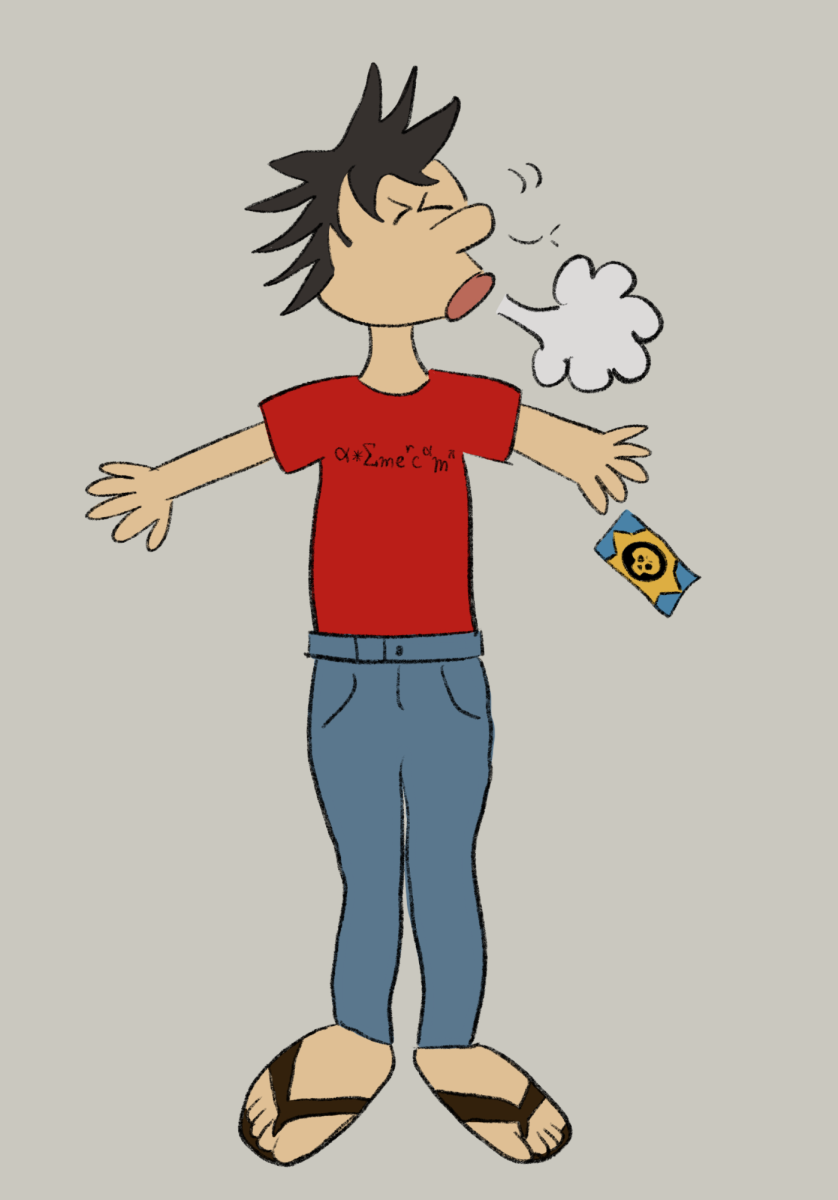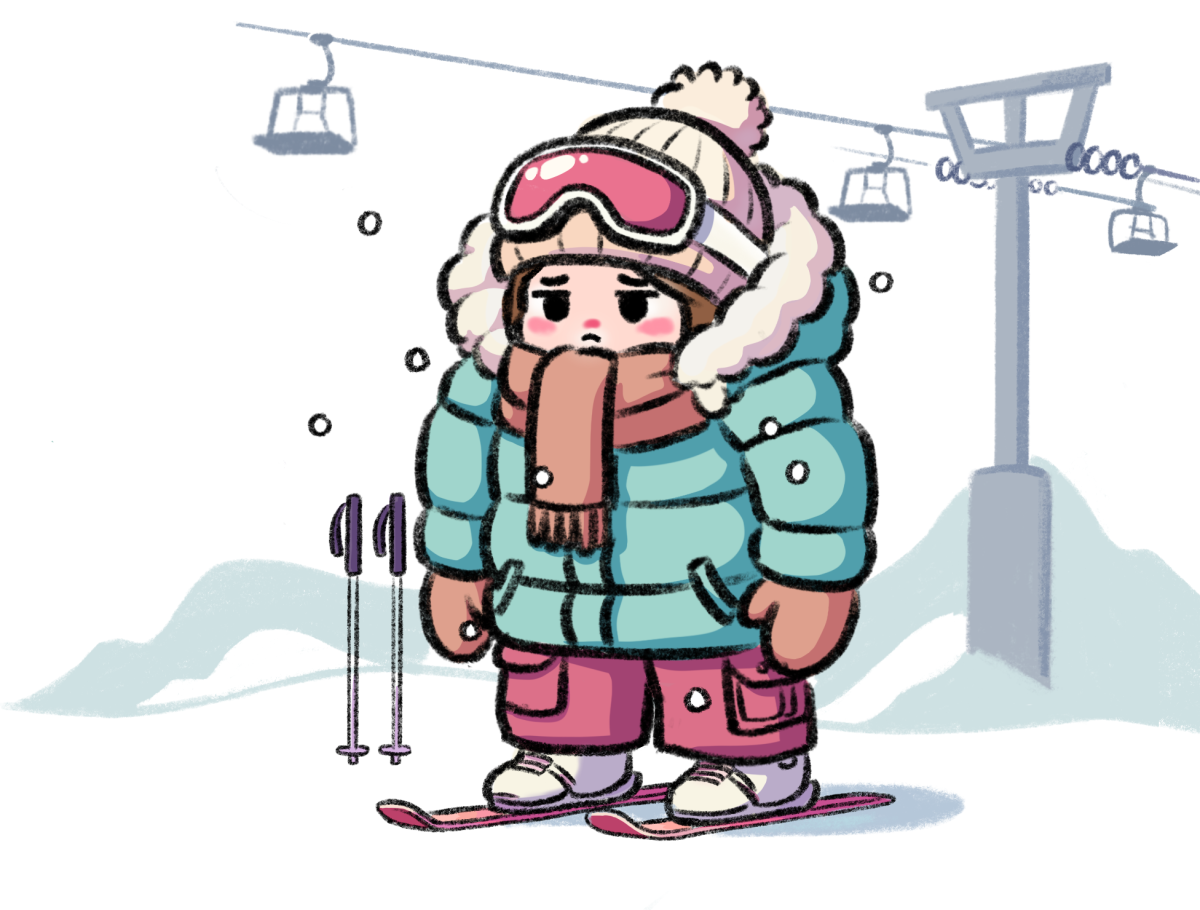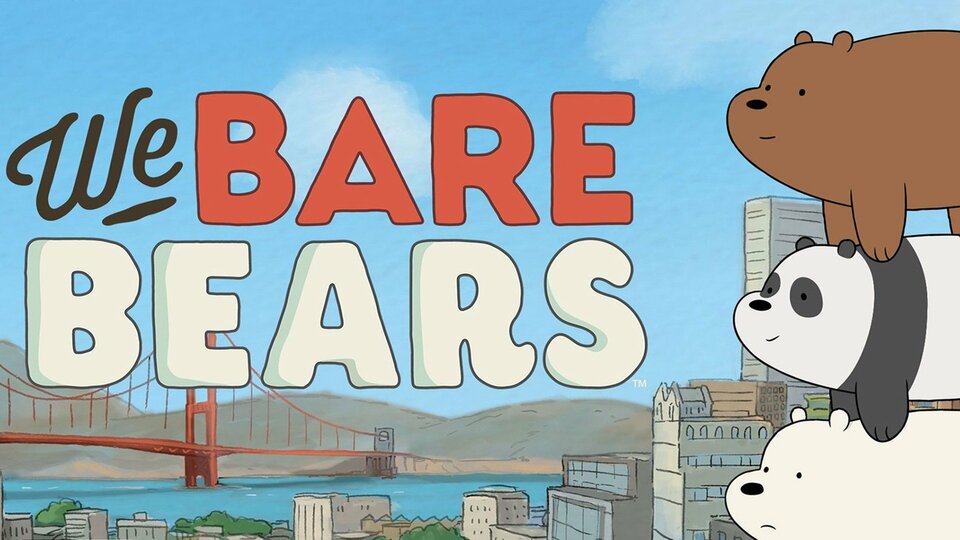Politics and the classroom have always been controversial, and this year is no exception: The First Amendment Center Online said that in New York City, the United Federation of Teachers headed by Randi Weingarten accused the city of oppressing teachers’ political views by banning Obama and McCain buttons in school. At University of Oklahoma, a letter of protest was sent after staff and students were directed not to use university e-mail to support or oppose a candidate. There was also an uprising at the University of Illinois after an Obama rally was held, and the school sent an official statement that banned staff from participating in political activities on campus. All of these incidents challenge the students’ and staff’s First Amendment rights.
Freedom of speech: right guaranteed to every citizen, allowing people to express their religion, protest, criticize the government and even publish their opinions. This freedom is exercised in stating political views as well. Being a teacher shouldn’t mean having to be totally neutral while on campus.
Although the schools in New York, Oklahoma, and Illinois were only trying to maintain a politically neutral educational environment for their students, it is still unfair that teachers and administrators cannot wear simple buttons and exercise their right to express opinions.
Many people say that teachers can persuade students into supporting one political party by showing their own beliefs. However, there is a big difference between teachers expressing their own opinions and telling pupils that they have to vote for a candidate.
Weingarten was correct when she stated in the First Amendment Center that “students can only benefit from being exposed to and engaged in a dialogue about current events, civic responsibilities and the political process.” In a classroom, students must learn about what is happening now in their government, and use the information presented to them by teachers in order to form opinions and views. Teachers wearing buttons is not a strong enough statement to sway students in any given political direction.
But in the classroom, teachers can take their opinions too far. If a teacher is fervent supporter of one political side, wouldn’t the students feel silenced or intimidated to state their own views? Since the teacher is the authority figure, and not to mention the person giving out grades, students could be afraid to state their own views and oppose the teacher. The point of classes such as history or government is to allow students to form their own opinions about government, and having a teacher who only states their own views could prohibit students from choosing their own side. In order to give the best education for students, teachers need to find the balance between giving students samples of their political ideas, via the First Amendment, and going overboard and being true advocates.
Social studies teacher Kirk Abe says he tries to keep that balance in mind.
“Teachers shouldn’t influence students on political ideas because of their own opinion,” said Abe. “I try to stay in the middle and state both sides, even if I don’t believe in them personally.”
Even so, the occasional presence of an Obama or McCain button on a teacher’s shirt shouldn’t be a big deal.
Whether it’s happening in New York City or here, teachers should be able to show their political views and use their First Amendment rights.

